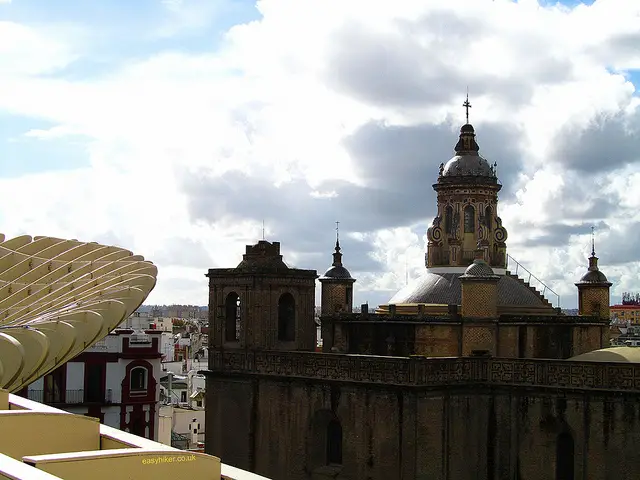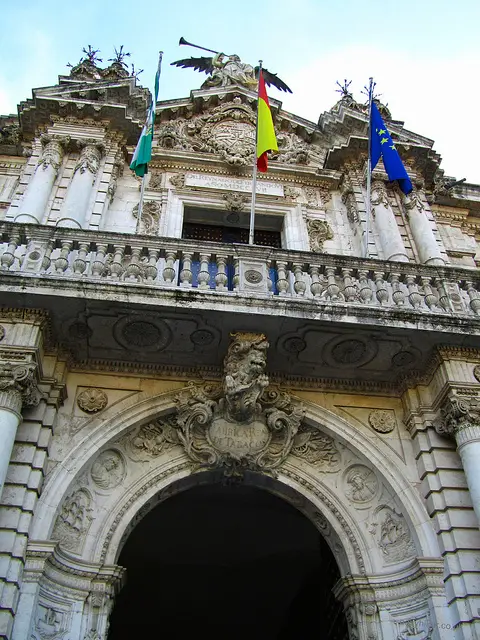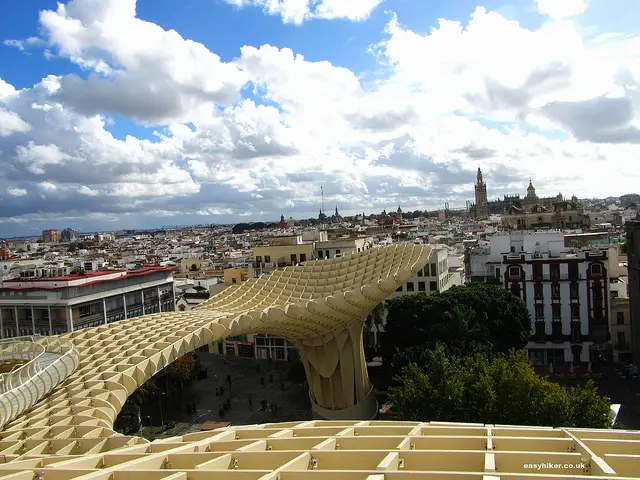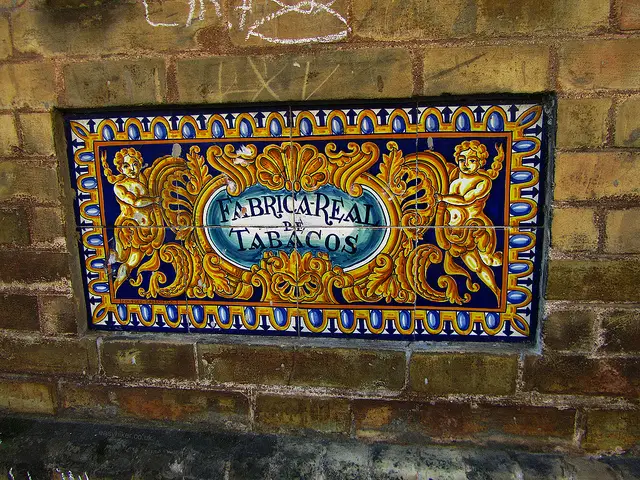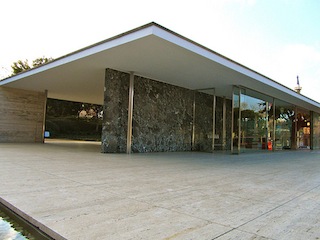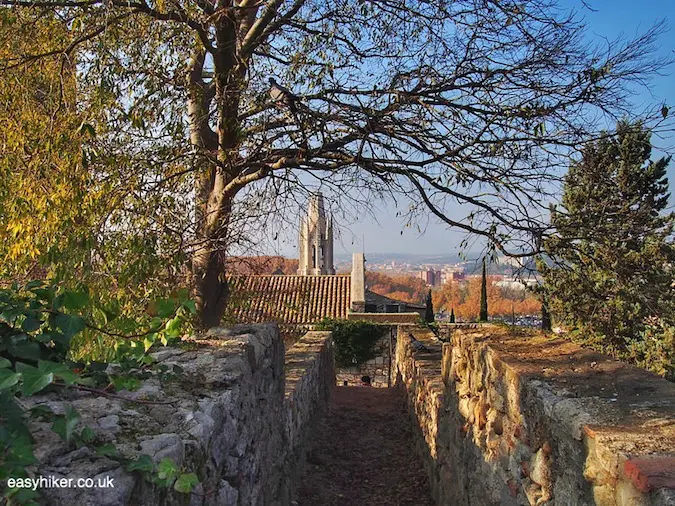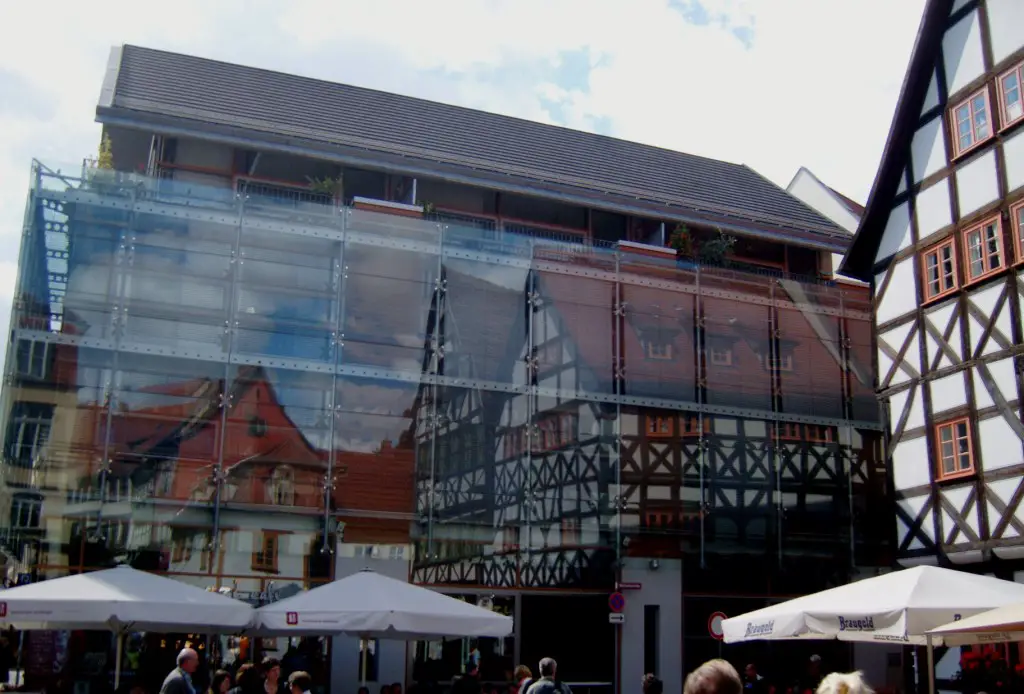We were Smitten by Seville
We were in Seville for the MyVuelingCity Game, where the Barcelona-based budget airline Vueling sends travel bloggers on exchange trips, shipping off Spanish bloggers to enjoy some of the European destinations on its ever growing list of destinations and giving people like us the opportunity to spend a weekend in a Spanish city.
You are probably aware that we are always on the lookout for interesting hiking trips. This is more or less the entire raison d’etre of this blog. But Seville was always going to be a tricky one in this respect, mainly because this time, we only had a single full day in town. Now, trying to make Mrs. Easy Hiker spend that day in the countryside would have been a tough sell.
You see, Seville has history for us. In my previous life as a sports journalist, I went there and came back bombarding Mrs. Easy Hiker with tales of tapas bars, exotic architecture and cups of iced sangria enjoyed on long afternoons in the shadows of an orange orchard. Unsurprisingly, Seville has since been on her (and our) “to go” list. She also wanted to be smitten by Seville!
But there was always something else that kept it off the top slots. There were other destination that – to use a sports journalist’s metaphor – took the inside lane on the last corner and won the day. So, Seville was kept off the podium for 15 years until we received the invitation to participate in the Vueling city game.
I only mention this to explain why hiking in the Andalucian hills was never a serious option. And – with no offence to the Andalucian hills – this would indeed have been a less than perfect use of our available time because Seville has so much else to offer.
Do not let Seville’s current status as a (mere) regional capital deceive you. For more than a century, it was the most glamorous city in Europe. Just take the number of famous operas set in the city: the “Barber of Seville”, “Don Giovanni” (Don Juan was a nobleman from Seville), “Figaro’s Wedding” and, of course, “Carmen”, giving Seville 4 slots on Operabase’s list of the 10 most frequently played operas. Not bad for a “regional capital”, eh? (Beat that, Birmingham.)
16th to 17th century Seville owed its wealth and cultural standing to the city’s monopoly on trade with the American colonies, a result of its position as Spain’s only viable river port (the Guadalquivir river flows into the Atlantic Ocean, 80 km away from Seville’s town centre).
During that period, Seville would have been a place where soldiers of fortune, hustlers and traders rubbed shoulders with members of the high aristocracy …
… and some of the city’s greatest buildings were constructed in the High Baroque style of the time.
Grandeur became the default style for later buildings, too: the Tobacco Factory – where the “real” Carmen would have worked – is so grand that the director Francesco Rosi decided he could not use it as a location for his movie version of the opera (the one featuring Julia Migenes). A tale of earthy passion set among gypsies and street folk would have sat too uncomfortably in such magnificent surroundings. (The Royal Tobacco Factory was the world’s “largest industrial building” of the 18th century and today is used by one of the city’s universities.)
More grandeur at Plaza de España, the Spanish contribution for the 1929 Ibero-American Exposition …
… and even today, when Seville builds, it does so on an epic scale: the West Bank of the Guadalquivir river is dominated by the modern bridge built for the 1992 Universal Exposition …
… while the Metropol Parasol in Plaza Encarnacion – a new shopping-plus-community centre with a “walkway in the sky” around it – is the largest wooden structure in the world.
What makes Seville unique, however, is its role as the bridgehead of Muslim culture in the Christian world. (Seville was ruled by the “Moors” from 712 to 1248.) Strolling through the city centre, one of the largest preserved “Old Towns” in the whole of Europe, you can marvel at the large number of buildings with a distinct Muslim flavour …
.. but the truly fascinating thing is that very little of it was actually built by the Muslim rulers themselves.
The main bit of Muslim architecture in the city is the Giralda, Seville Cathedral’s clock tower which was once the minaret of the local mosque. The top section was only added after the original copper spheres had fallen off in the same (1356) earthquake that also irretrievably damaged the rest of the mosque.
Until then, apparently, nobody in “reconquered” Seville had felt the need to replace the converted mosque with a “proper” Cathedral. (Once they started building the new Cathedral, however, they pulled no punches: it still is the largest and perhaps the most sumptuously decorated church in Spain
The Alcazar next door is an even more intriguing example for the way in which Catholic Seville has absorbed its “Moorish” traditions. It may look like a quintessential “Moorish” residence, but much of it is, in fact, a Spanish Royal Palace, built around the core of a Moorish fortress in the “Muslim style”
There is clearly much to do and much to enjoy in Seville – and I have not even said anything about the local style of serving “tapas” yet. Rightly or wrongly, I had always thought that tapas were just some sort of glorified finger food – until I came to Seville where restaurants offer you the choice of ordering most of their dishes either as a full portion or as a snack-size “tapa”.
Order five or six of these “tapas” for two with a bottle of wine, and you will not have many better meals this year (or next).


